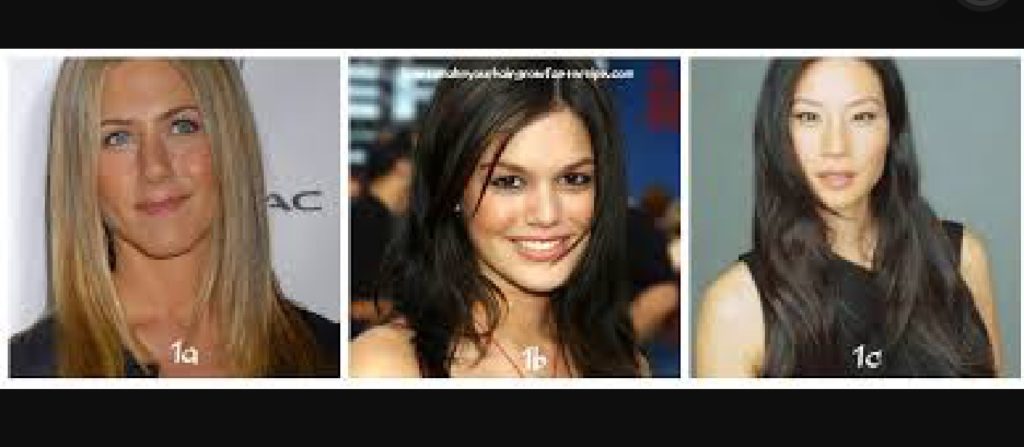By Azizat Sadiq
Natural hair is hair that is not chemically processed, which means that the hair is not permed or texturized. There are many types of natural hair types. Some people’s hair naturally grows out relatively flat, while other people’s hair grows tightly coiled and afro-like against the scalp. Still others have hair that bounces around their heads in long curly spirals. This is because we all have different hair types. When in doubt about what your hair type is, you must wash your hair and examine your curls to figure out your natural hair type.
There are 4 different natural hair types with three different categories (a, b, and c) in each. First is type 1, which generally means that your hair is straight. It’s the most oily hair and it’s difficult to curl this hair texture. Type 1a is fine and thin, also it can’t hold curls or waves well. It’s usually very oily and gets easily weighed down when too much product is put into it. Type 1b is still straight hair but it’s a bit fuller than type 1a hair. There is more volume and body in type 1b hair. Lastly, type 1c hair has a few waves, even though it is still straight hair. It’s not as difficult for type 1c to hold a curl because it’s not totally bone-straight.
The next natural hair type is type 2. Type 2 natural hair is wavy hair. It’s between straight and curly hair. It has a little less oil in it than type 1 hair, but more oil than curly hair. Type 2a is a fine and thin wavy hair. It often grows in an “S” pattern and can accomplish many more styles, unlike type 1. Type 2b has a medium wavy pattern, and is frizzy. Type 2c is a coarse, wavy, natural hair texture. It has thicker waves and is even more frizzy.
The third hair type is Type 3 natural hair. Type 3 hair is curly hair that spirals throughout the hair. It curls in patterns ranging from “s”, to “S”, to “ Z”. Products are not needed for it’s curl pattern to show. Type 3 hair is fuller than the other two hair types and it often gets frizzy when the surrounding air is humid. Type 3a features loose curls that have different textures. It is thick and has a lot of body but can easily get heat damage. Type 3b has tighter curls and can also have many different textures. Lastly, Type 3c natural hair has the thickest curl pattern. It is sometimes described as “most prone to frizz”, and its coils can resemble corkscrews.
The last natural hair type is type 4. Type 4 hair is kinky, tightly coiled, and it is the driest hair type. Since the type 4 natural hair type is dry, it is prone to breakage. Individual strands often have a zigzag pattern, also the hair tends to shrink or “draw up.” Type 4a is soft kinky, tightly coiled, and very fragile. It has more of a defined curly pattern then the other type 4 natural hair categories. Type 4b is both wiry and kinky, and it is also fragile. It has a distinct jagged “z” pattern, and has less of a curl pattern. Lastly, type 4c is very coarse and has no distinct curl pattern. This hair type contains many different kinds of hair strands that are tightly coiled. The coils are formed in part because the natural shape of each hair shaft is said to be more square than round.
Human hair types typically range from straight, to curly, coily, kinky, and coarse. Often what grows from anyone’s head is a mix of these textures. Your natural hair type depends on your parents and ancestral genes. Whether you have kinky, curly, or straight hair, always remember that your natural hair is beautiful. Now: What’s your hair type ?




